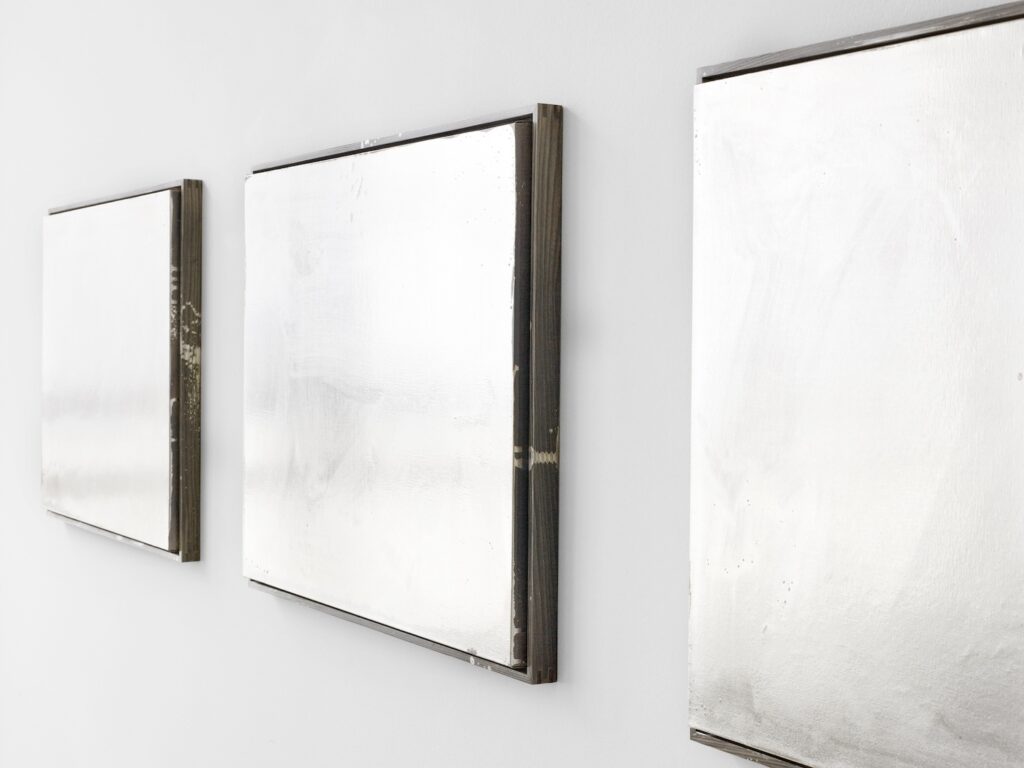
While exploring the ostensible paradox of putting frames on Jacob Kassay paintings, I came across an entire set of paintings with frames by the artist himself. In January 2023, Galerie Greta Meert in Brussels staged an online/backroom exhibition of eight new Kassays, at once familiar and strange.
The OVR’s only text, from a 2010 essay by Anthony Huberman, links these works to Kassay’s silvery, electroplated and singed paintings which lit up the art market’s way out of the global financial crisis. But there is also silvery runoff and splatter on the floating cedar frames. Which would mean Kassay was dipping the whole framed objects in his electroplating bath? It reminded me of Rauschenberg’s order, “DO NOT REMOVE…FRAME IS PART OF DRAWING.” written in all caps on the back of Erased deKooning Drawing. If that were the wildest discovery in this virtual show, it would have been enough.
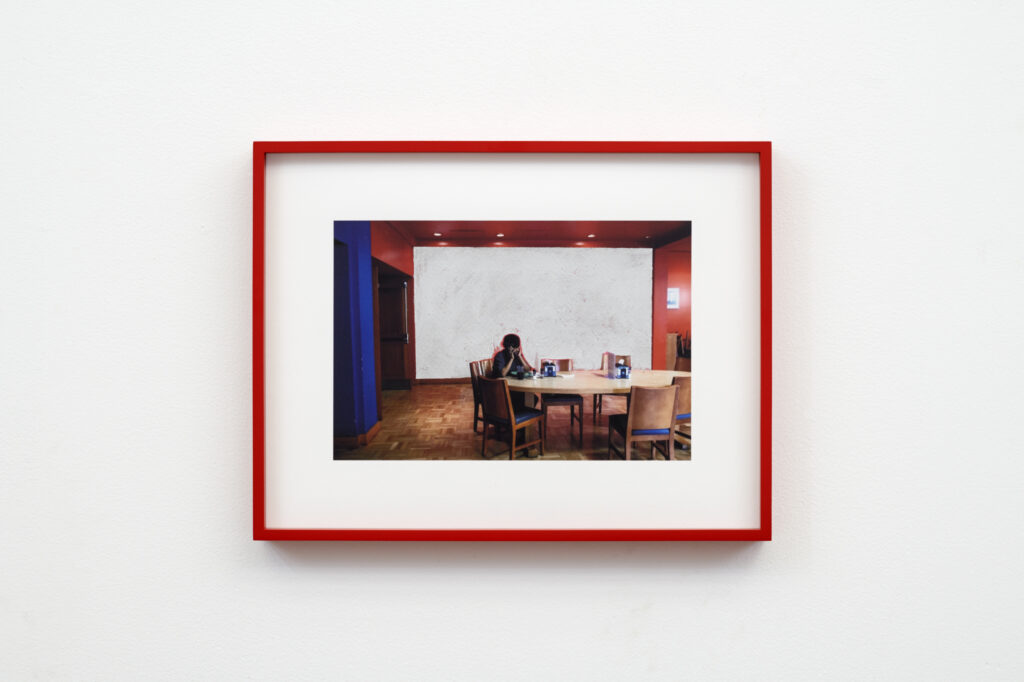
But there was also this completely other mystery:
It’s an overpainted photograph that appears to be a study for a mural [?] at Princeton. The extensive caption reads: “Jacob Kassay, Princeton Charlie (studies for the removal of Woodrow Wilson mural), 2018, paint on photograph
Washington Post article, Princeton to remove ‘overly celebratory’ mural of Woodrow Wilson, Mary Hui and Susan Svrluga, April 27, 2016:
https://www.washingtonpost.com/news/grade-point/wp/2016/04/27/princeton-to-remove-overly-celebratory-mural-of-woodrow-wilson.” To the dates, 2016 and 2018, the jpg filename adds 2021, for a study shown in 2023.
A seven-year span of events, yet I could find no image of the completed mural. Or even a mention. Or any confirmation that it even is a mural.
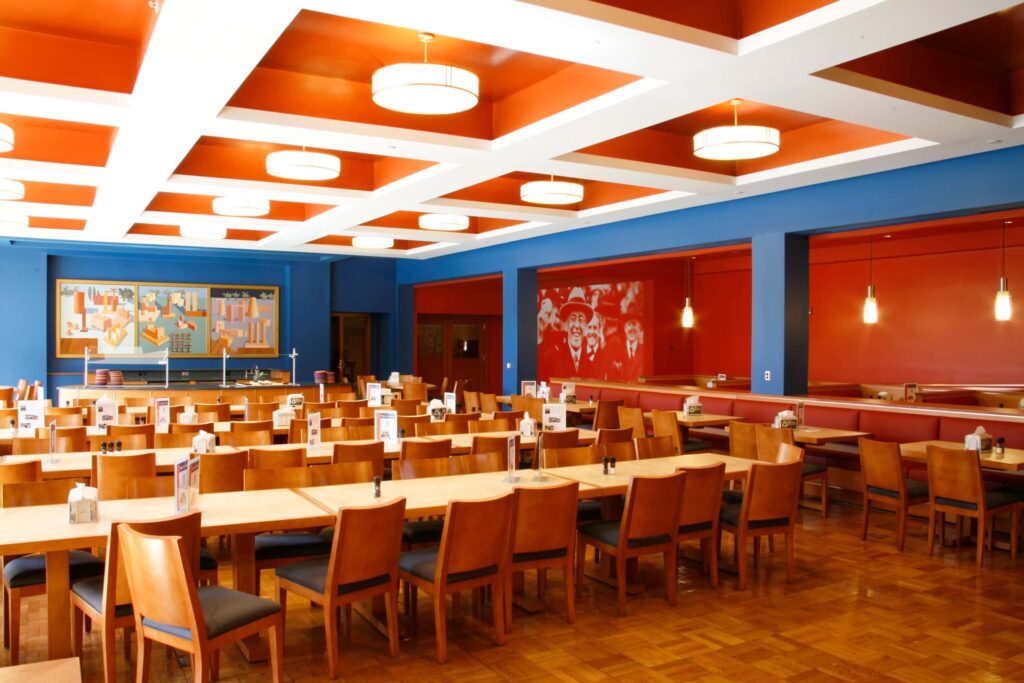
And then I learned that earlier this year, Wu-Wilcox Hall, the ex-Wilson College building with the Wilson mural, which was only completed in 2009, was torn down this year, and will be replaced altogether. Was the Kassay destroyed, too? Was it taken down for reinstallation? In the midst of what seems like a major redevelopment project, the fate of one artwork may feel insignificant. But did Princeton really commission a work by Jacob Kassay, only to destroy it almost immediately?
While piecing this timeline together, I reached out to Kassay’s galleries in Belgium and New York, and have heard nothing. Though the Princeton Museum director touted the impending installation of Kassay’s commission in the 2018-19 annual report, no one there has responded, either. Though other site-specific works on campus are included, there are no works by Kassay in the Princeton Museum’s registry.

OTOH, Mary Hui, one of the student journalists who covered the original Wilson mural protest, put me in touch with a whole chain of other reporters who’d been at Princeton across the intervening years, from 2018 through the COVID scrambles of 2020-21. Alas, none knew of any follow-up reports on either the removal of the mural—which, judging by freshly commissioned stock photos, happened in May 2016—or the Kassay replacement, or the college/dining hall teardown decision.

The Wilson image removal was a token victory coming after months of student protests, begun in 2015 by the Black Justice League, to remove Wilson’s name from campus, including from Wilson College itself. That process was “accelerated” only in June 2020, when Wilson College was renamed “First College.”
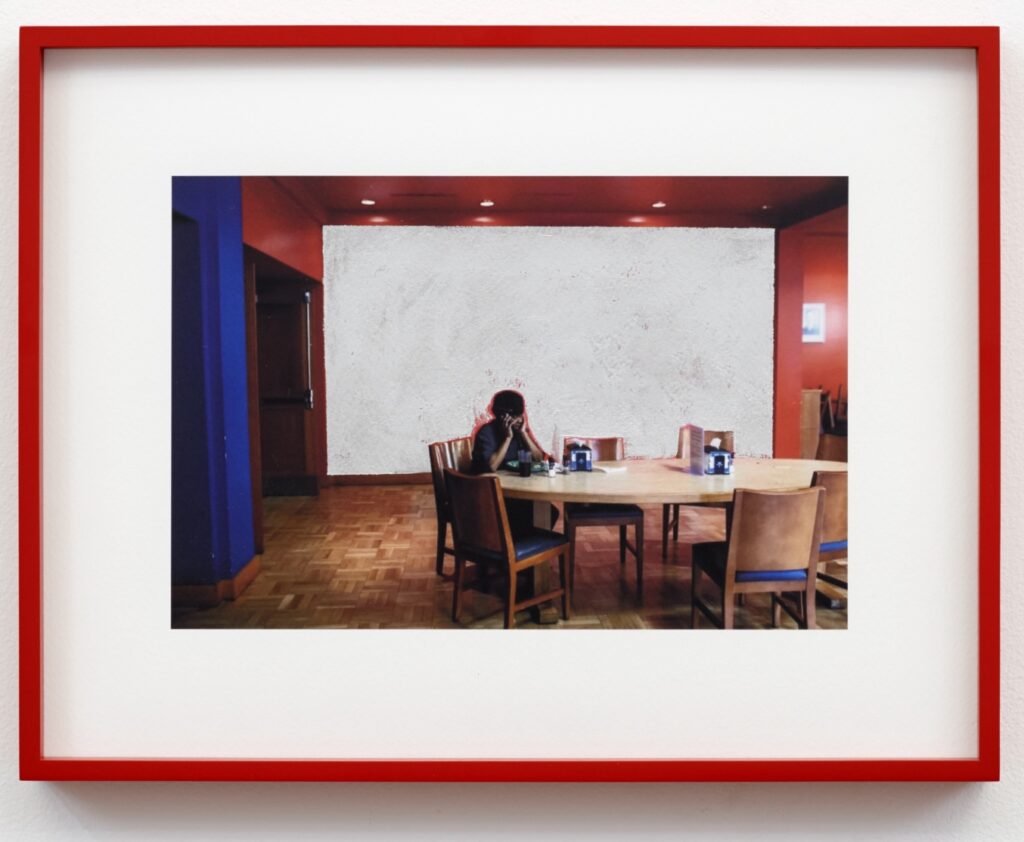
Which is precisely the interim, 2018-19, in which Kassay’s studies are dated, and the commission was announced. It’s impossible to know from a single study, of course, but Kassay’s picture seems to show an imperfect covering of the image below it, as if to make the erasure the point. To highlight an incomplete obscurance of Wilson’s image at a moment when the university’s further reparative actions were unknown or uncertain, feels like a potent reminder of an unfinished work.
The latest mention I can find of Kassay’s commission is from a fundraiser brunch with the artist at Hallwalls in Buffalo, in November 2019, which said installation at Princeton would begin in January [2020] “for the Spring semester.” If it didn’t happen in January or February 2020, then, I think we can presume it did not happen after that, when the world and Princeton suddenly shut down for COVID.
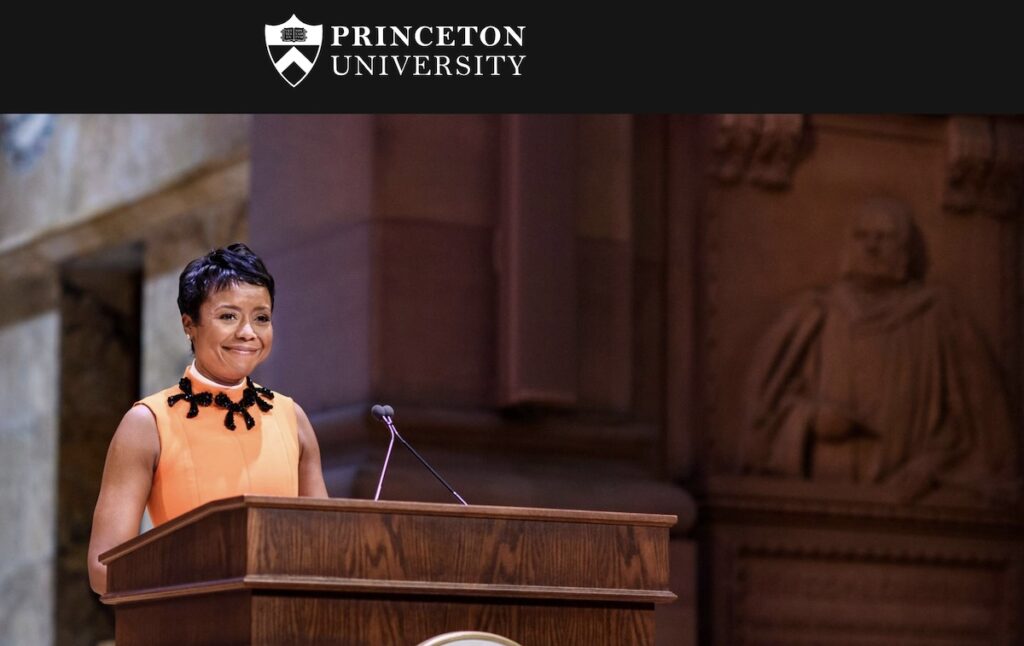
And I suspect it did not happen at all. In October 2020, Princeton announced that thanks to a major gift by the Hobson/Lucas Family Foundation, the newly de-Wilsoned First College would be renamed for investment manager/alumna Mellody Hobson. A new complex, Hobson College, the first at Princeton named for a Black woman, would rise on the site of Wu-Wilcox Hall and several other structures. The president of Princeton began those discussions with Hobson and her husband George Lucas in 2019.
Whether it was years of sustained protests by students; broader cultural awakening to the impact of legacy racism; deft philanthropic opportunism; a purposefully incomplete mural; or some combination of them all, it does seem Princeton decided that justice would require more significant gestures than replacing some plaques or painting over a racist’s portrait.
But with studies still circulating with 2021 datestamps, I do wonder if anyone at Princeton thought to tell Kassay their plans had changed.
[UDATE: Unrealized, not destroyed. A spokesperson from the Princeton Museum confirmed that the Kassay commission was canceled when the decision was made to replace the building.]
Previously, related, and another OVR; Jacob Kassay, BRUSH, 2020
